The Muong people call rice wine “Raw toong”. No one knows for sure when the Muong people learned to make this wine, but we only know that this is a fermented drink that has been used in the lives of the people since ancient times.
Muong Bi people use raw materials to make wine yeast. Photo: Bui Nam
According to the traditional method, to have a good jar of wine, the first and most important thing is the yeast. The yeast is like the soul of the jar of wine, with ingredients from crushed ebony bark, galangal, ginger, a little chili and guava leaves crushed and squeezed to get the juice. All are mixed into sticky rice flour, shaped into small, spherical cakes, then incubated in a straw nest and placed on the kitchen shelf for about 3 nights until it ferments white and has a pungent aroma. After that, remove the yeast and dry it on the kitchen shelf for about 10 days, when the yeast is dry it can be used.
According to Ms. Bui Thi Lan, an experienced wine maker in Toan Thang commune - Muong Bi region, ingredients such as ebony bark, ginger, galangal, and chili create concentration, while guava leaves not only create aroma but also help the drinker feel secure about not having a stomachache. The strength of the wine depends on the ingredients adjusted from the fermentation stage.
Muong people make wine yeast using traditional methods and natural ingredients. Photo: Bui Nam
The raw material for making wine is usually sticky rice, the most delicious is purple sticky rice, which is “more flavorful” than other types of rice (it becomes more bland when drunk for a long time). The rice used to make wine is milled rice, not pounded. The milled rice retains its original properties, when steamed and stored in a wine jar it does not break, and when smoked it does not clog the pipe.
To make a jar of wine for about 6 people, you need 2 yeast leaves, 5kg of sticky rice, 3kg of rice husks, guava leaves, a 10-liter jar and a steamer. The sticky rice is soaked overnight to soften, the rice husks are washed and dried. After preparing all the ingredients, mix them all together and put them in the steamer. After the rice is cooked, let it cool before adding the yeast and leaving it to ferment overnight.
The person mixing the yeast must be skillful so that the yeast is evenly distributed, permeating every grain of rice and husk. Only then will the wine last for a long time. However, if the temperature is not warm enough, the wine will not ferment and all the previous steps will be considered wasted. If they try to continue, the wine will be sour and bland. Therefore, the fermentation stage is very important and depends on the weather as well as the experience of the maker.
Muong people's finished wine jar.
When the wine is fermented and fragrant, the Muong people put it in a jar to ferment. Cover the wine with 2-3 layers of green banana leaves heated over a fire, and seal the jar with guava leaves. Cover the outside with a layer of wet ash to prevent air from spoiling the wine. In the summer, it only takes about 20 days for the wine to become sweet, but in the winter, it takes longer - about a month to be drinkable. For Muong people's wine, the longer it is kept, the more delicious it becomes; there is no expiration date.
Usually, well-aged wine must be aged for about 3 months or more, some people even age it for 3 years before drinking, which is when it tastes best. The wine when young is cloudy yellow, when it is "3 years old" it turns dark brown, slightly viscous, with a little sip you will feel the sticky, sweet feeling on your lips.
When the fermented wine is stored in a ceramic jar, it will be "old enough" to drink and will be delicious.
This special wine is not drunk from a cup, but smoked with a straw. The straw is made from bamboo, about 1 meter long and curved. When drinking, insert the straw into the wine jar. When the jar is empty, use a buffalo horn to puncture the bottom or a bottle or a jug to add water and drink until it is light. Anyone who has ever had the chance to drink the precious rice wine of Mr. Bui Van Ich's family in the Muong Bi region will never forget the sweet, aromatic, rich, and captivating taste that lingers on the tip of the tongue.
This special wine is not drunk from a cup, but smoked with a pipe.
Muong people have many ways to drink wine. Gathering wine is when the family drinks together. Before drinking, all the wine cans are directed towards the kitchen at the same time, with the intention of letting the 3 kitchen gods drink first. Community wine can is when many people drink together. This is the most enjoyable drinking party, showing the spirit of solidarity, joy and everyone can show off their artistic talent when they are drunk or drink according to the rules with Chi Cham as the "referee". Usually, the wine can drunk by the community has a moderate concentration so that everyone can drink easily, creating a bustling, exciting atmosphere. In particular, wine can is indispensable in important ceremonies, festivals, weddings...
Can wine is a unique cultural feature of the Muong people of Hoa Binh, carefully distilled according to traditional methods, easy to drink, unforgettable. Behind each jar of wine is a story about the Muong land, about folk knowledge, the ingenuity and virtue of the girls. Not only a drink, Can wine is also a symbol of warm humanity, hospitality and simplicity of the people.
The wine village in Hoa Binh ward is still red-hot and fragrant.
Today, among hundreds of types of wine, Muong wine has existed since ancient times and has become a famous specialty, loved by many people, worthy of being one of the 3 typical culinary dishes of Hoa Binh region in the top of the most unique cuisines in Vietnam.
Right in the heart of Hoa Binh ward, a traditional wine village from Muong Vang is still burning, fragrant, and has become a commodity. Hundreds of jars of wine are waiting for people to bring them everywhere, carrying the sentiments of the Muong people.
Cam Le
Source: https://baophutho.vn/ngat-ngay-loai-ruou-uong-bang-can-tre-cua-nguoi-muong-238790.htm


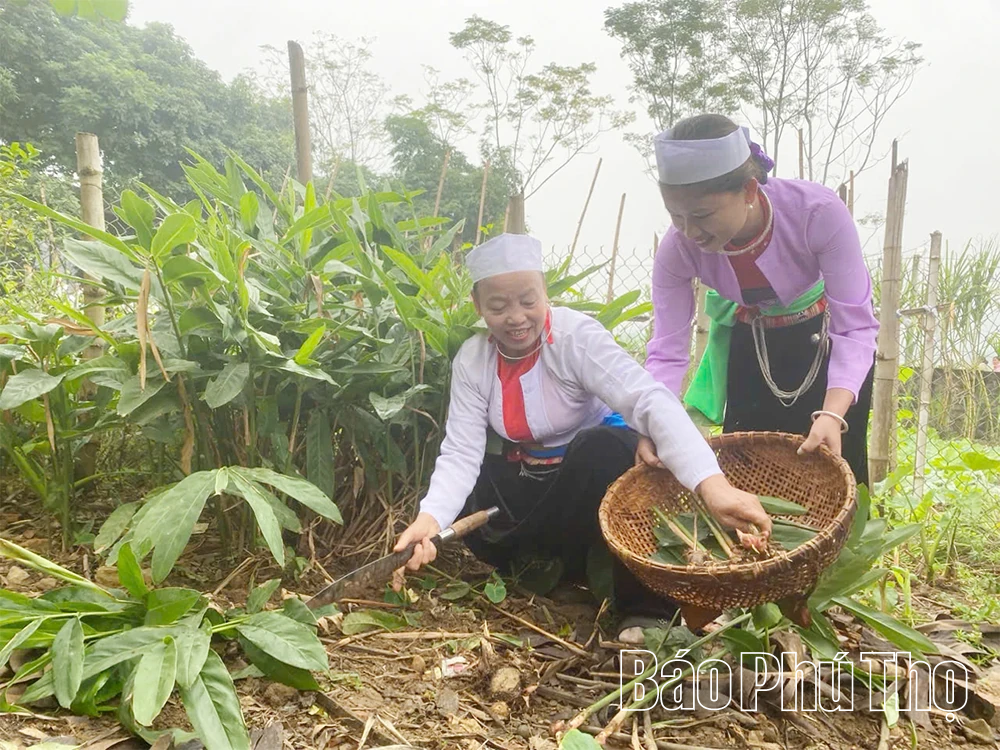
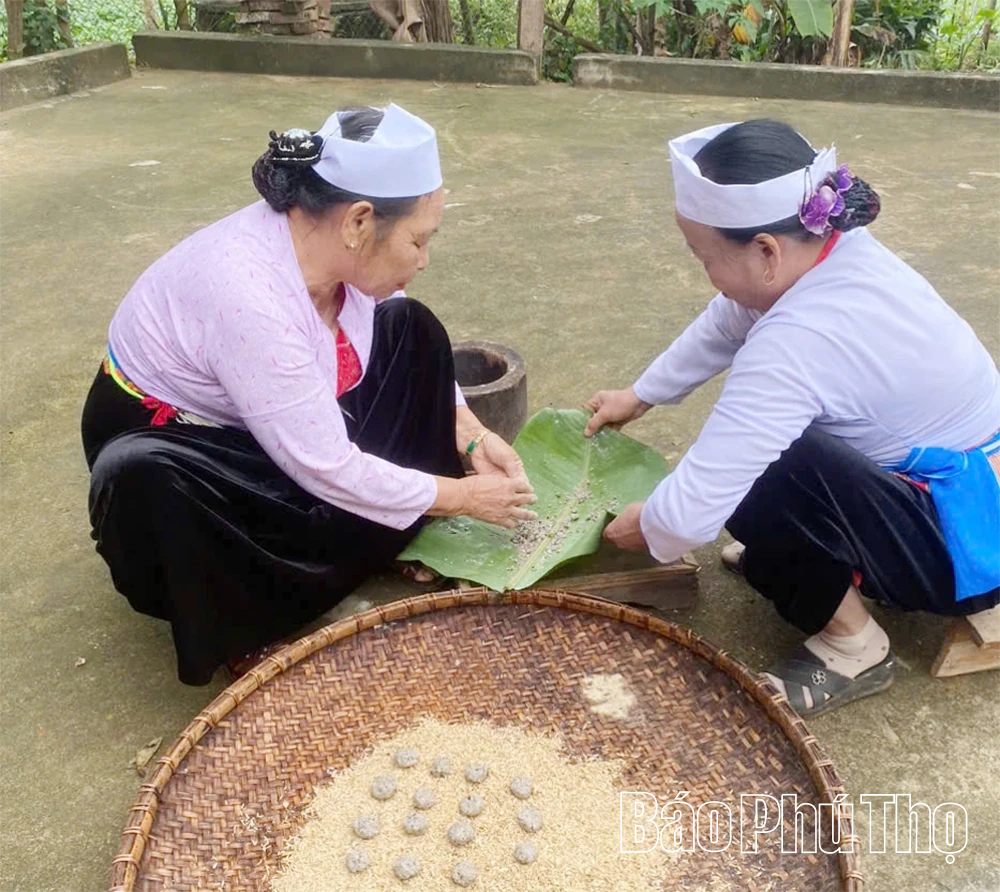
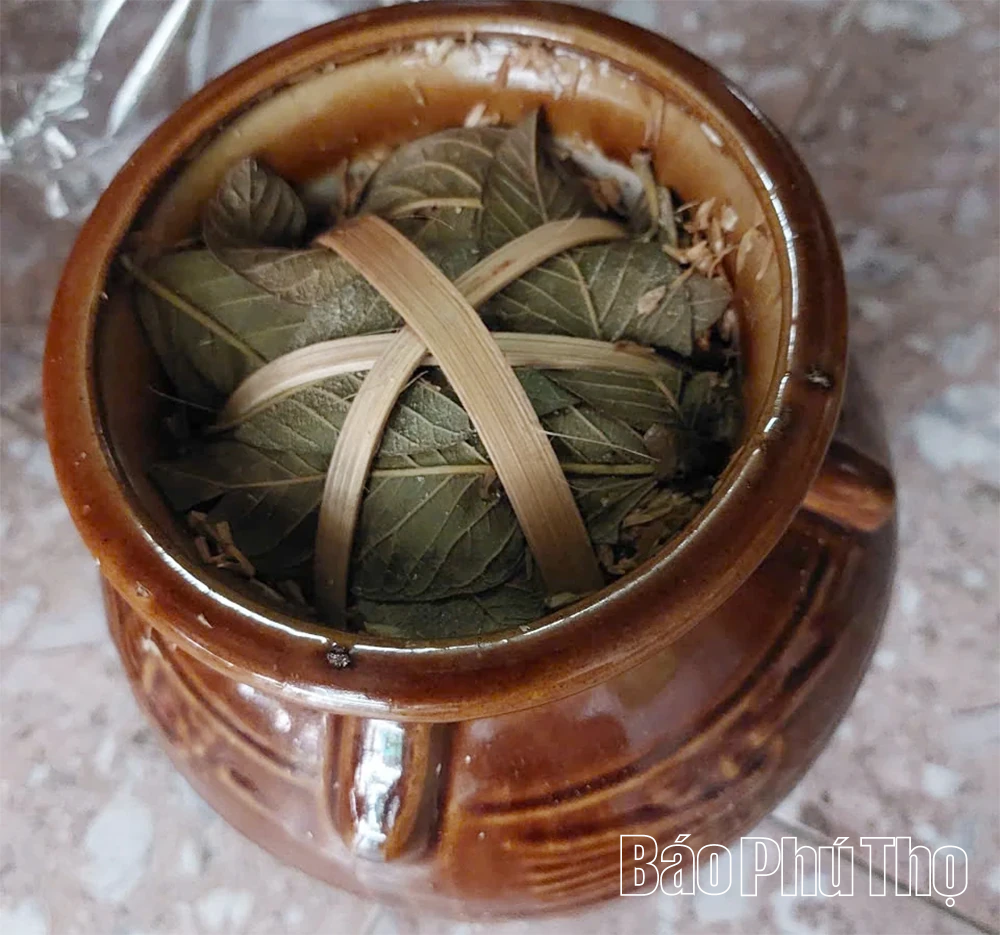
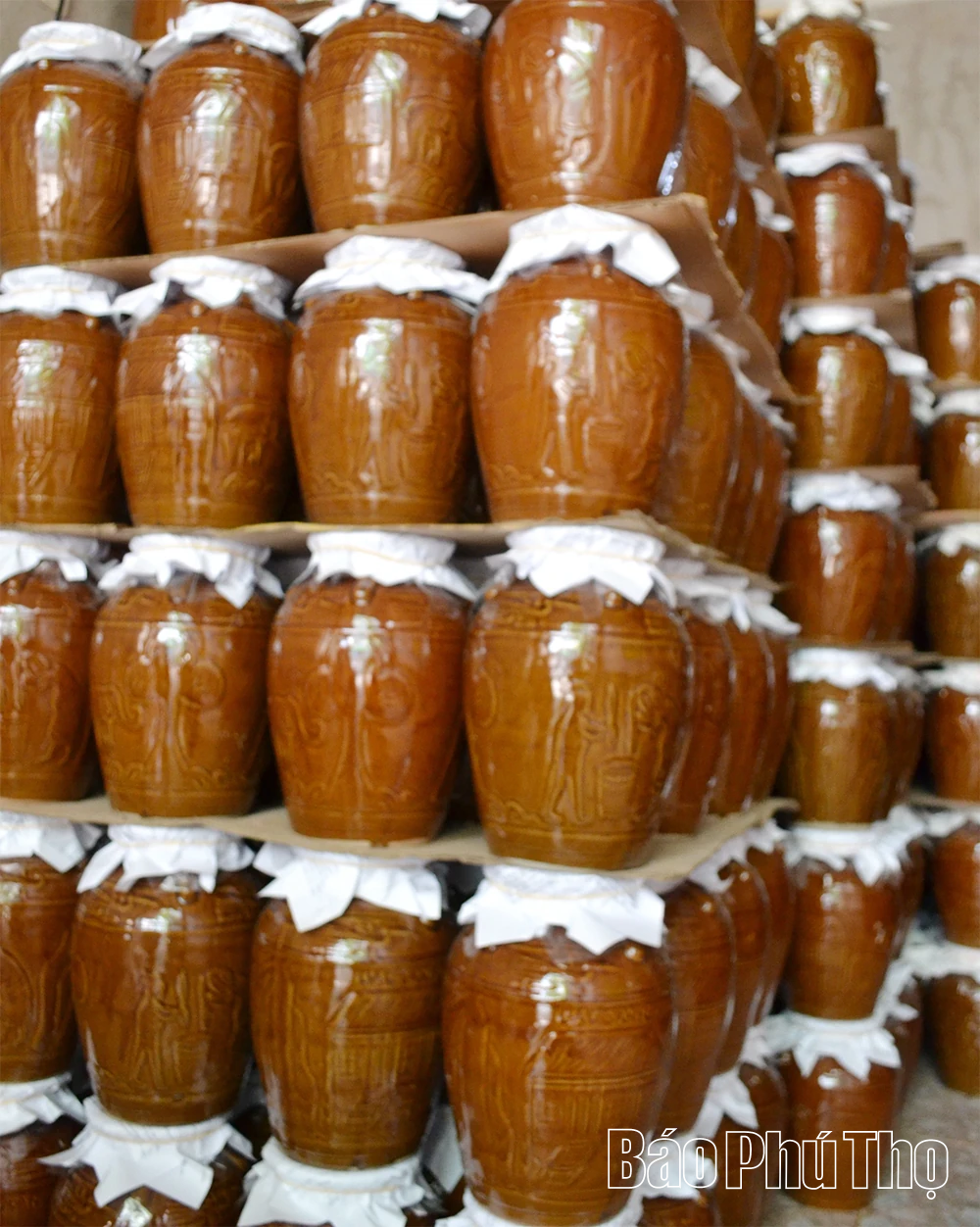
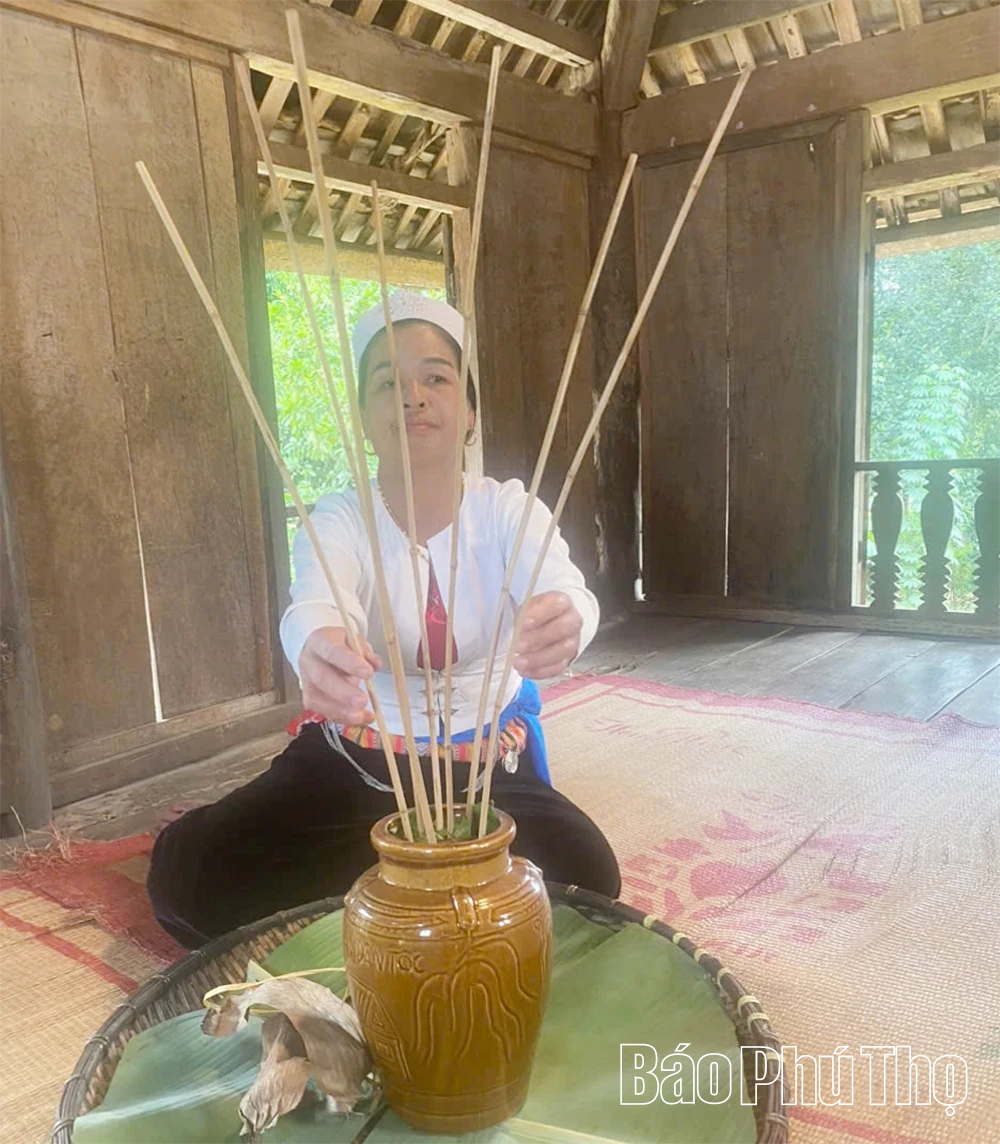
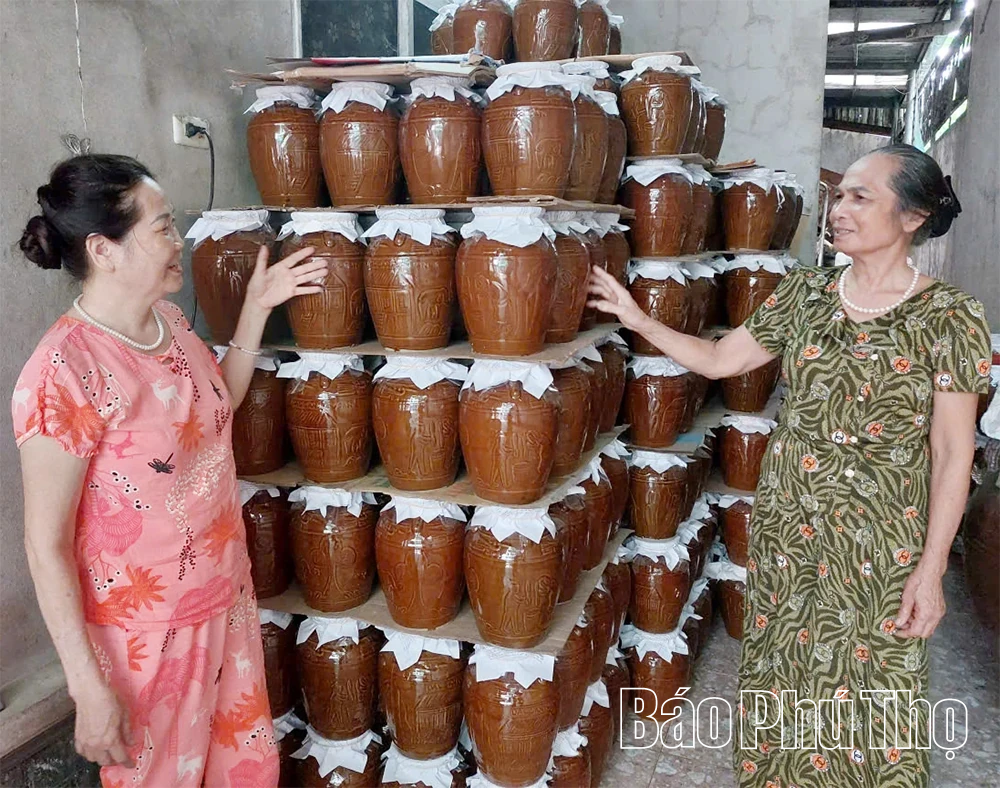





![[Photo] Closing ceremony of the 18th Congress of Hanoi Party Committee](https://vphoto.vietnam.vn/thumb/1200x675/vietnam/resource/IMAGE/2025/10/17/1760704850107_ndo_br_1-jpg.webp)
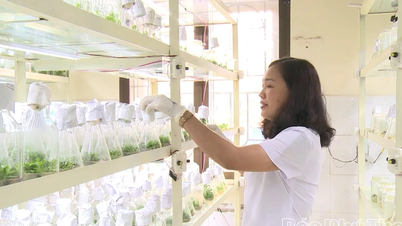
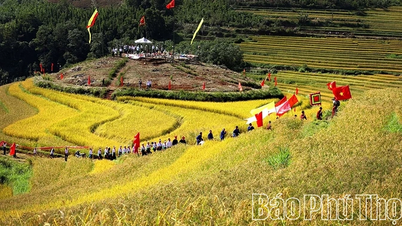
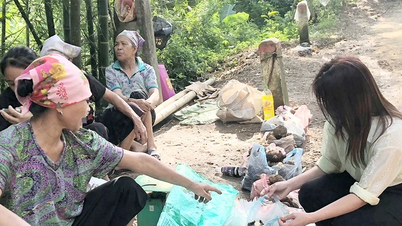
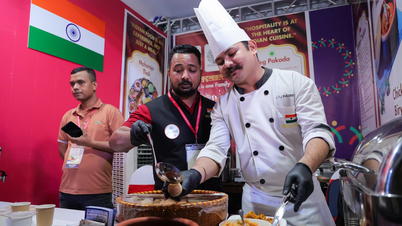

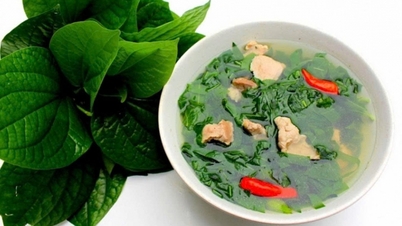







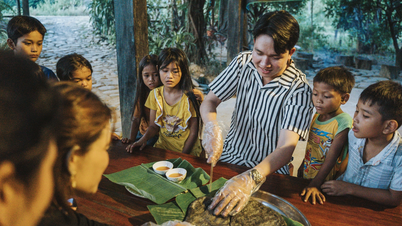



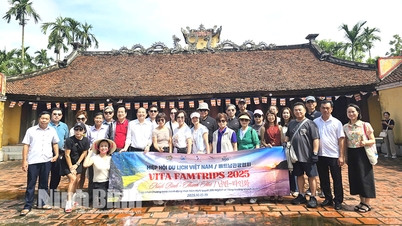






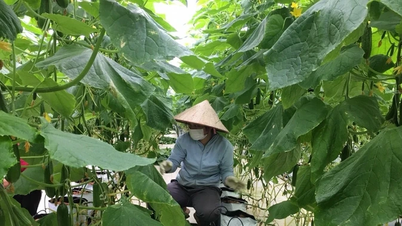

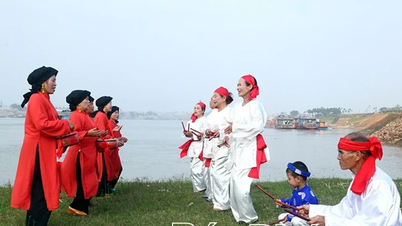
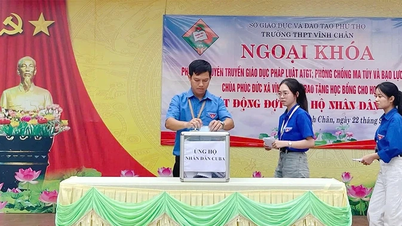
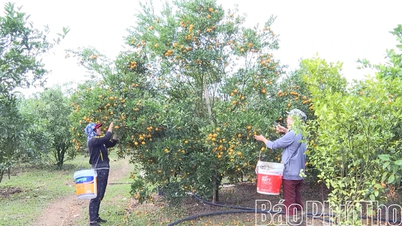

![[Photo] Nhan Dan Newspaper launches “Fatherland in the Heart: The Concert Film”](https://vphoto.vietnam.vn/thumb/1200x675/vietnam/resource/IMAGE/2025/10/16/1760622132545_thiet-ke-chua-co-ten-36-png.webp)


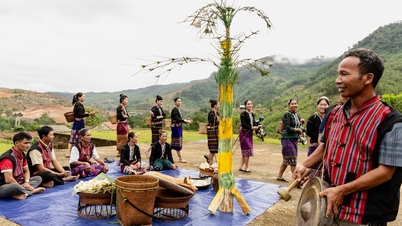



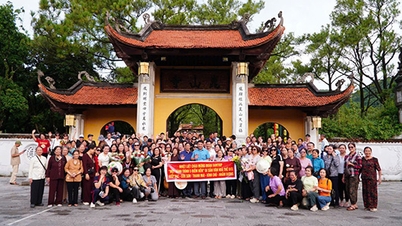


































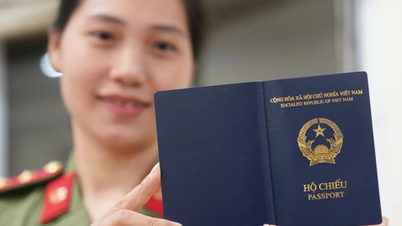
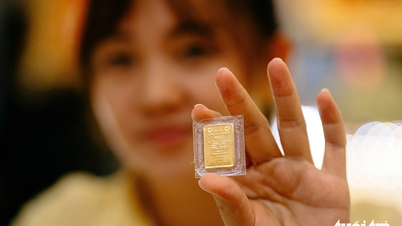






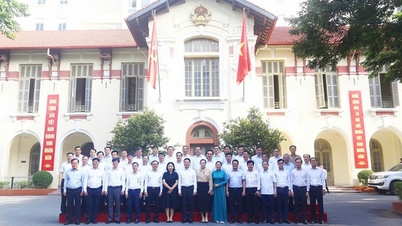



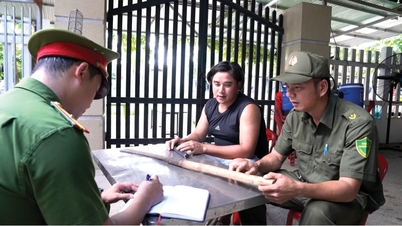

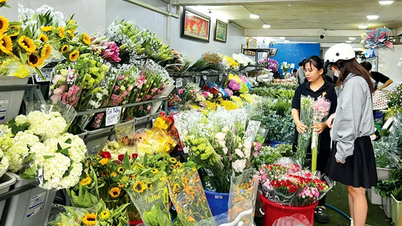

















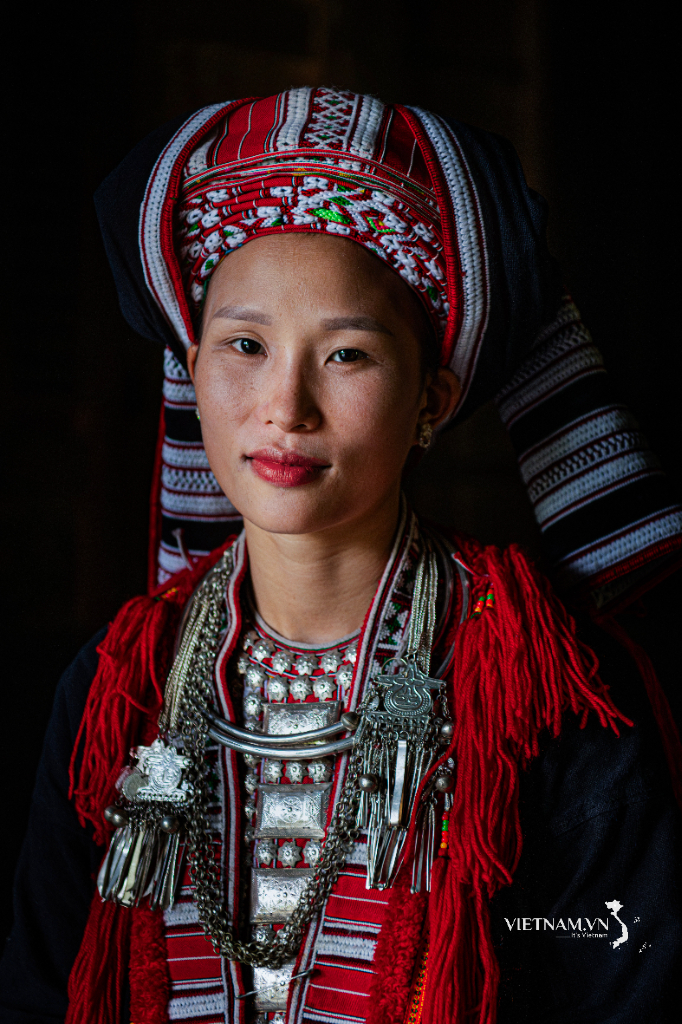



Comment (0)